Chevrolet named it Cobalt, hinting at something inherently dangerous. Not dangerous to drive, perhaps, but possessing an edge that demanded respect. Think lock-up-your-daughters, don’t-bet-your-pink-slips, one-rhinestone-glove dangerous. Toxic to the uninitiated, radioactive to the unwary. Intense, colorful, and hazardous if underestimated, yet potentially rewarding when handled correctly. A name that suggested a car to be taken seriously.
Or maybe, the name simply sounded catchy. Regardless of the intention, the Cobalt moniker unintentionally foreshadowed a level of danger that even GM might not have anticipated. Let’s delve into whether the Chevy Cobalt, particularly its SS variant, truly lived up to its “dangerous” name and if it warrants the serious consideration of performance car enthusiasts.
This exploration marks the beginning of a series dedicated to Chevrolet’s modern-era SS models, or as we might playfully call them, M.E.SS.s. The Super Sport badge has a storied legacy, especially for Chevy’s muscle cars of the 1960s and early ’70s, icons revered by collectors and speed aficionados alike. After 1973, the SS designation went into hibernation, a respectful pause considering the performance landscape of the emission-choked decade that followed. Any SS model during that era would have been a pale imitation of its tire-shredding predecessors – the Before Emission Attenuations SS Touchstones, or B.E.A.SST.s for short.
A side profile view of a red Chevrolet Monte Carlo SS from 1983, parked outdoors on a sunny day, showcasing its classic sporty design.
Chevrolet tentatively re-entered the muscle car arena with the 1983 Monte Carlo SS, arguably the first of the M.E.SS. generation. While it wouldn’t challenge a B.E.A.SST.ly ’71 Chevelle SS454 in a drag race, it was, by the diminished performance standards of the time, a reasonably potent offering. The ’90s saw a few more SS models emerge, but it was the dawn of the 2000s when Chevrolet seemed to embrace a philosophy of “SS-ing” everything. From 2000 to 2009, nearly every model in Chevy’s lineup, including trucks, received an SS variant – an SStravaganza of performance!
The success and market reception of these SS models varied, but they all shared a common thread: enhanced performance and a sportier image, to varying degrees. The breadth of Chevrolet’s performance offerings across their entire range during this period is quite remarkable, making them worthy subjects for automotive enthusiasts to examine. Let’s explore what these M.E.SS. models brought to the table and assess if they truly deserved to carry the prestigious SS badge. While documenting this era, I’ve managed to photograph most of these modern SS Chevys, though a few elusive models still remain on my wish list. Hopefully, time will allow me to capture them all.
A close up, slightly angled front view of a silver 2007 Chevrolet Cobalt SS Supercharged coupe, highlighting its aggressive front grille and headlights.
Our journey begins with one of the standouts from this era, General Motors’ first and arguably last serious attempt at crafting a high-performance compact car: the potentially dangerous Chevy Cobalt Ss.
A silver 2005 Chevrolet Cobalt sedan is parked on a paved surface, showcasing its standard, unassuming design from a front three-quarters perspective.
In its standard guise, the Chevrolet Cobalt certainly doesn’t project an image of danger or high performance.
A rear three quarter view of a silver 2005 Chevrolet Cobalt sedan, emphasizing its ordinary taillights and rear design in an outdoor setting.
Whose Cobalt is this? Is it the ride of Miss Sassy Welltanned or perhaps Mr. Toocoolforschool Doorag? Regardless of the owner, it’s clear that even with their best efforts, injecting any semblance of intensity or coolness into this base model Cobalt would be a significant challenge.
A vintage Chevron advertisement featuring cartoon cars with human-like qualities, highlighting the brand’s long-running and memorable marketing campaign.
“You might want to park me closer to the pump, bro.”
Despite its potentially menacing name, the base Cobalt always evoked in me the image of those friendly, cartoonish Chevron cars from the commercials. A benign, almost cuddly presence, like a puppy or a bag of marshmallows – certainly not “dangerous” in any conventional sense.
A digitally rendered image displaying the element Cobalt on a periodic table tile, along with key information about its atomic properties and characteristics.
However, unlike puppies and marshmallows, the element Cobalt itself can be quite dangerous. In its elemental form, found in the earth, cobalt is a metal. Chemically compounded, it has been prized as a rich blue pigment since antiquity. Interestingly, a cobalt molecule is at the heart of Vitamin B12 (cobalamin), essential for human life. Yet, this element isn’t always so benevolent.
Cobalt has numerous industrial applications. In finely divided forms, commonly found in industrial settings, it’s officially classified as a hazardous substance. It’s flammable and can ignite spontaneously. Without proper respiratory protection, exposure can lead to lung scarring, and ingestion can damage multiple organs. Cobalt is also a known carcinogen, requiring protective measures when handled.
Perhaps cobalt’s most notorious trait is its radioactivity. It has several man-made radioactive isotopes, with Cobalt-60 being the most prevalent and utilized in industrial radiography and medical radiotherapy, among other fields. When used correctly, it can selectively target and destroy cancer cells. However, mishandled, the intense gamma radiation emitted by Cobalt-60 can cause severe skin burns, radiation sickness, and even death, depending on the exposure level.
A stark photograph depicting children working in a cobalt mine in the Democratic Republic of Congo, highlighting the harsh and unsafe conditions of cobalt mining.
Even in its raw, mined form, danger is associated with Cobalt. It’s a critical component in lithium-ion batteries, powering our ubiquitous smartphones, laptops, and the growing fleet of hybrid, plug-in hybrid, and battery-electric vehicles. The sourcing of raw cobalt materials is ethically complex, with a significant portion originating from the Democratic Republic of Congo (DRC), as well as Cuba, Zambia, and other developing nations. In the DRC, particularly, mining operations often operate with minimal regulation or oversight from a government plagued by corruption. Miners, including tragically, many children, frequently work without basic safety equipment, and mining activities contribute to environmental contamination in surrounding areas. While cobalt demand undoubtedly boosts the economies of the DRC and other struggling countries, it comes at a steep cost of abuse and danger.
A recent book, Cobalt Red, meticulously details this controversy. It’s highly unlikely that Chevrolet’s marketing team had these darker connotations in mind when they chose the name for their new compact car!
A rear view of a silver 2007 Chevrolet Cobalt SS Supercharged coupe, parked on a paved surface, showcasing its rear spoiler and sporty taillights.
So, what’s truly in a name? Chevrolet aimed for their all-new Cobalt to revitalize their image in the competitive compact car segment. The Cavalier, its predecessor, had become somewhat lackluster over its long run, and its name carried baggage that could hinder the perception of even a vastly improved successor. GM’s marketing research, in their infinite wisdom, concluded that young consumers associated the word “Cobalt” with attributes like power, strength, and dependability. Since these are undeniably desirable qualities in an automobile, what could possibly go wrong? The Chevy Cobalt debuted as a 2005 model, rolling off the assembly line at the Lordstown, Ohio plant – a facility with a history of producing GM compacts like the Vega, Monza, Cavalier, and later, the Cruze.
The Cobalt was built upon GM’s new Delta platform, which also underpinned models like the HHR, Pontiac G5, and Saturn Ion. Initial reviews of the Cobalt were generally positive. Critics praised its solid construction, commendable fit and finish, and strong value proposition. However, the 145hp 2.2L Ecotec DOHC engine, while a decent unit (also used in the Cavalier since 2002), lacked the refinement and outright power of some of its Japanese competitors. Furthermore, the interior still suffered from a perceived cheapness in materials and design, a stark contrast to the interiors of those benchmark foreign makes. Unlike the heavier and pricier early Cavaliers, the Cobalt was closer in weight to its import rivals and competitively priced.
A dynamic front angle shot of a blue Chevrolet Cobalt SS Supercharged coupe from 2005, emphasizing its sporty front fascia and aggressive styling cues.
The Cavalier had long offered a Z24 performance trim, but it never quite captured the attention of the burgeoning compact “tuner” scene, dominated by cars like the Subaru WRX, Honda Civic Si, and the top-tier Mitsubishi Lancer Evolution. Ford and Dodge directly targeted this market with their 2002-04 Focus SVT and 2003-05 Neon SRT4. The Focus SVT earned accolades for its sharp handling, balanced chassis, and a host of engine upgrades that squeezed 170hp from a naturally-aspirated 2.0L Zetec engine. The Neon SRT4, in contrast, embraced the spirit of a modern muscle car in a front-wheel-drive compact package. Its turbocharged 2.4L engine initially produced 215 hp, later bumped to 230 hp (and a substantial 250 lb·ft of torque) in the 2004-05 models, albeit in a somewhat raw and unrefined overall package.
A front three-quarters view of a red Chevrolet Cobalt SS sedan from 2006, showcasing its sporty styling and stance in an outdoor setting.
With their redesigned and improved compact Cobalt, Chevrolet aimed to grab a slice of this performance-oriented market. First impressions mattered, and the Chevy Cobalt SS Supercharged certainly looked the part, boasting 18-inch polished wheels, a lowered ride height, aerodynamic ground effects, and a prominent rear trunk wing. Chevrolet initially offered the SS Supercharged exclusively as a coupe, adhering to conventional wisdom at the time, but somewhat out of step with the emerging trend of hot compacts from Subaru, Mitsubishi, and Dodge, which were available only as practical 4-door sedans. Ford offered the SVT Focus as a 4-door hatchback, further highlighting the shifting market preferences. As with the standard Cobalt, pricing for the SS Supercharged was competitive with domestic rivals and significantly more affordable than any foreign models that could match its performance.
A detailed close-up of the wheel and tire of a 2007 Chevrolet Cobalt SS Supercharged, emphasizing the sporty wheel design and low-profile tire.
Recalling the images of the base Cobalt earlier, it’s remarkable how much a sportier stance and the right set of wheels can transform the overall appearance of a car!
An engine bay view of a 2006 Chevrolet Cobalt SS Supercharged, showcasing the 2.0L Ecotec supercharged engine and its components.
The Chevy Cobalt SS Supercharged was more than just sporty looks; it was a genuinely capable performer. Power was delivered through a 5-speed manual transmission – automatic transmissions were not an option for this performance model. Under the hood resided a supercharged 2.0L variant of the DOHC Ecotec engine, producing a healthy 205 horsepower and 200 lb·ft of torque. While not quite at the power levels of the Mitsubishi Evo or Dodge SRT4, it was certainly lively in a car weighing around 2900 lbs. For those seeking even more performance, dealerships offered warranty-preserving “Stage” upgrade packages that could boost power to an impressive 241 horsepower. Car magazines of the time reported 0-60 mph times in the low 6-second range and quarter-mile times around 14.5 seconds at 99 mph. Handling was also surprisingly competitive.
The Cobalt SS demonstrated its capabilities in Car and Driver’s annual Lightning Lap test. This event pits newly introduced or significantly updated performance cars, categorized by price (LL1-LL5), against the clock on Virginia International Raceway’s challenging 4.1-mile Grand Course. The cars are then ranked based on their lap times. Review the comprehensive list of cars tested from 2006 to 2022. The Cobalt SS placed at #281 in 2006 and improved to #232 in 2008. What’s truly impressive is the number of more expensive and prestigious cars it outperformed, particularly in the 2008 results. Even looking at the results up to 2022, only a handful of LL1 category cars have managed to surpass its lap time.
A screenshot from Car and Driver’s 2008 Lightning Lap article, showcasing the Chevrolet Cobalt SS’s impressive lap time and ranking among other performance vehicles.
The image above is a summary from Car and Driver’s 2008 Lightning Lap article. True to GM’s typical product development cycle, they significantly refined the Cobalt SS in the years following its initial release, only to discontinue it shortly after they truly perfected it. For the 2008 model year, the SS swapped its supercharger for a turbocharger, resulting in a substantial power increase of 55 horsepower and 60 lb·ft of torque! Coupled with upgraded tires, suspension, and brakes, the 2008-2010 Chevy Cobalt SS became one of the quickest and best-handling front-wheel-drive cars ever produced. This unassuming Chevy Cobalt SS was indeed “dangerous” to the egos of drivers who underestimated American automakers. Many were likely surprised to find themselves staring at the Corvette-esque taillights of a Cobalt SS as it pulled away.
A rear view of a black 2009 Chevrolet Cobalt SS sedan, highlighting its unique sedan-specific taillight design and sporty rear bumper.
For those who preferred four doors, 2009 marked the single year of production for a turbocharged Cobalt SS sedan. Note the distinct taillight treatment compared to the coupe model.
An interior detail shot of a 2007 Chevrolet Cobalt SS Supercharged, focusing on the worn leather seat and shifter boot, showing signs of age.
Back in late 2005, I was actively car shopping and seriously considered a new Cobalt SS Supercharged. Intrigued by its surprisingly strong reviews and reasonable price, the idea definitely appealed to me. Being somewhat traditional in my car preferences, a sedan version was never on my radar. I even test drove a 2006 Cobalt SS coupe and confirmed its impressive speed, ample power from the smooth-running engine, sharp handling, and a firm but not overly harsh ride. At that point in my life, I was finally established in my career, had just bought my first home, and for the first time, could realistically contemplate buying a brand-new car. Ultimately, however, I couldn’t justify spending that much money on a vehicle, even for the relative performance bargain offered by the SS. Instead, I opted for a nicely maintained 1999 Pontiac Firebird Formula for less than a third of the Cobalt SS’s price. My personal philosophy remains that avoidable debt should be avoided whenever possible, and I have yet to finance a car purchase to this day.
An image depicting the aftermath of a car accident involving Brooke Melton’s 2005 Chevrolet Cobalt, a stark reminder of the vehicle’s ignition switch safety issues.
Beyond the “dangerous” image implied by its name, some Chevy Cobalts unfortunately proved to be genuinely dangerous to their drivers and passengers. The tragic 2010 accident of 29-year-old nurse Brooke Melton brought to light a critical flaw: a poorly designed ignition switch in early Cobalts. With wear and tear, this switch could slip out of its detent position, causing the car to shut off unexpectedly, resulting in loss of engine power, power steering, power brakes, and disabling the airbags. A lengthy and complex legal battle ensued, revealing deeply troubling corporate behavior by GM, reminiscent of callous practices from the 1960s and ’70s. The civil case was eventually settled. The U.S. Justice Department levied a $900 million fine against GM, 1.37 million vehicles were recalled, and GM established a $525 million victims’ compensation fund, which ultimately awarded 399 claims, including 124 related to fatalities. The Cobalt’s “dangerous” nature extended beyond its performance, significantly damaging GM’s public image and financial standing.
Several years ago, a colleague of mine at work drove a 2006 Cobalt sedan. Aware of the ignition switch recall, I inquired if he had taken his car in for the repair. Jake responded, “Recall? Nah, I’m not worried about it.” He recounted instances where his car would shut off while driving, but he had learned to restart it quickly. He discovered that removing all extra keys and keychains from his ignition key seemed to prevent the issue. I still suggested, “But they’ll fix it for free…”. I no longer work with Jake, but I recently contacted him to ask about the car. Yes, he survived! He mentioned he had sold the Cobalt some time ago without ever getting the recall fixed (unsurprisingly), but he maintained that it had been a really good car for him, and he would consider buying another if they were still in production.
A front view of a silver 2007 Chevrolet Cobalt SS Supercharged coupe, parked outdoors, capturing its sporty front end design and headlights.
Chevrolet sold approximately 37,000 Cobalt SS models (both Supercharged and Turbocharged variants) over its six-year production run*, out of just over 1 million total Cobalts sold. Both figures seem respectable. The standard Cobalt wasn’t a game-changer, but it did modestly improve GM’s standing in the entry-level market, at least until the ignition switch scandal erupted. It consistently outsold the Ford Focus in most years and achieved about two-thirds of the sales volume of segment benchmarks like the Honda Civic and Toyota Corolla, though it slightly lagged behind the Cavalier’s peak sales figures. The Chevy Cobalt SS, however, unequivocally earned GM some unexpected respect from the automotive press and enthusiasts, as well as owners of competing performance cars. It served as a potent reminder that when GM dedicates itself, especially to niche performance models, they are capable of exceptional execution.
Ultimately, the Cobalt SS proved to be largely irrelevant to the future direction of GM’s small car strategy. When the first-generation Cobalt concluded its run in 2010, it wasn’t succeeded by a second generation. Instead, an entirely new model, the Cruze, took its place, a name and vehicle designed to evoke images of safe, carefree cruising, rather than any hint of danger or performance. No performance variant of the Cruze was ever offered.
The mid-to-late 2000s represented a peak era for hot compact cars. Never before or since have enthusiasts on a budget had such a wide array of performance models to choose from. Many of the Cobalt SS’s Asian and European competitors continue to be produced**, but none of the U.S. automakers currently offer a sporty compact car. In fact, U.S. manufacturers have largely exited the compact car segment altogether. The Chevy Cobalt SS, in both its supercharged and turbocharged forms, may have carried a “dangerous” name, and faced real-world safety dangers, but it remains a compelling M.E.SS. and a worthy addition to Chevrolet’s storied SS lineage. The B.E.A.SST.s of the past would likely be proud to call it family.
Addendum on hot compacts in the U.S.: Several of the Cobalt SS’s competitors have also disappeared from the market. The Ford Focus SVT ended production in 2004, with a milder ST version lasting until 2007. Serious performance returned with the Focus ST in 2013 and the high-performance AWD Focus RS in 2016, but the entire Focus line was discontinued for the U.S. market in 2018. The Dodge Neon SRT4 vanished in 2005, with the SRT4 badge transferring to the Caliber for a brief run from 2007 to 2009. A performance-oriented Dodge Dart never materialized. Mitsubishi offered the Lancer Evolution until 2015, before ceasing production. Mazda offered the Mazdaspeed 3, a competitive hot hatch, from 2007 to 2013, but hasn’t offered a true high-performance Mazda3 since.
Despite these losses, a decent selection of hot compacts remains available. Hyundai offered a mild performance GT version of the Tiburon from 2003-08, followed by the more potent turbocharged Veloster from 2013-16, and again with a new generation from 2019-22. The Veloster was discontinued in 2022, but the Elantra N has stepped up as a legitimate performance contender. Honda offered the Civic Si from 1999-2015, which were relatively mild in stock form. Honda entered the true hot hatch market in the U.S. in 2017 with the Civic Type R, boasting 306 turbocharged horsepower and aggressive styling. The Subaru WRX has been a consistent presence, with hotter STI models offered intermittently (though not currently). VW has also maintained a strong presence with the Golf GTI and Golf R models. Surprisingly, even Toyota, long associated with appliance-like cars, introduced a performance model for 2023: the GR Corolla, featuring a 300-hp 3-cylinder engine, AWD, and a manual transmission as the only option.
*Production breakdown: researched by Soundjunky on CobaltSS.net forum. 2.4 and Sport are the non-supercharged/non-turbo models also offered.*
2005 SS/SC = 3,093 2006 SS/SC = 17,464 2006 SS/2.4 (coupe) = 21,688 2006 SS/2.4 (sedan) = 9,068 2007 SS/SC = 10,566 2007 SS/2.4 (coupe) = 12,469 2007 SS/2.4 (sedan) = 3,397 2008 SS = 1,766 2008 Sport (coupe) = 6,259 2008 Sport (sedan) = 4,427 2009 SS (coupe) = 3,040 2009 SS (sedan) = 759 2010 SS= unable to obtain, est. 1500-2000
All Cobalts by calender year from Carsalesbase.com
| 2004 | 4,959 |
|---|---|
| 2005 | 212,667 |
| 2006 | 211,449 |
| 2007 | 200,620 |
| 2008 | 188,045 |
| 2009 | 104,724 |
| 2010 | 97,376 |
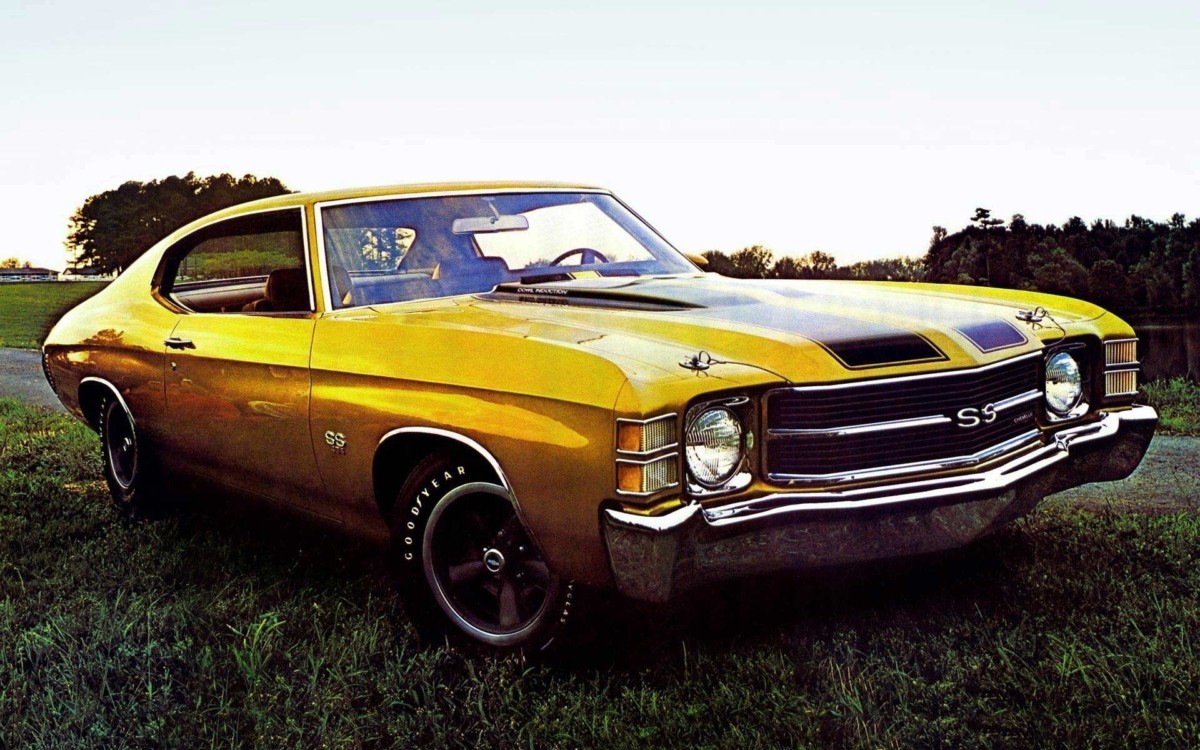
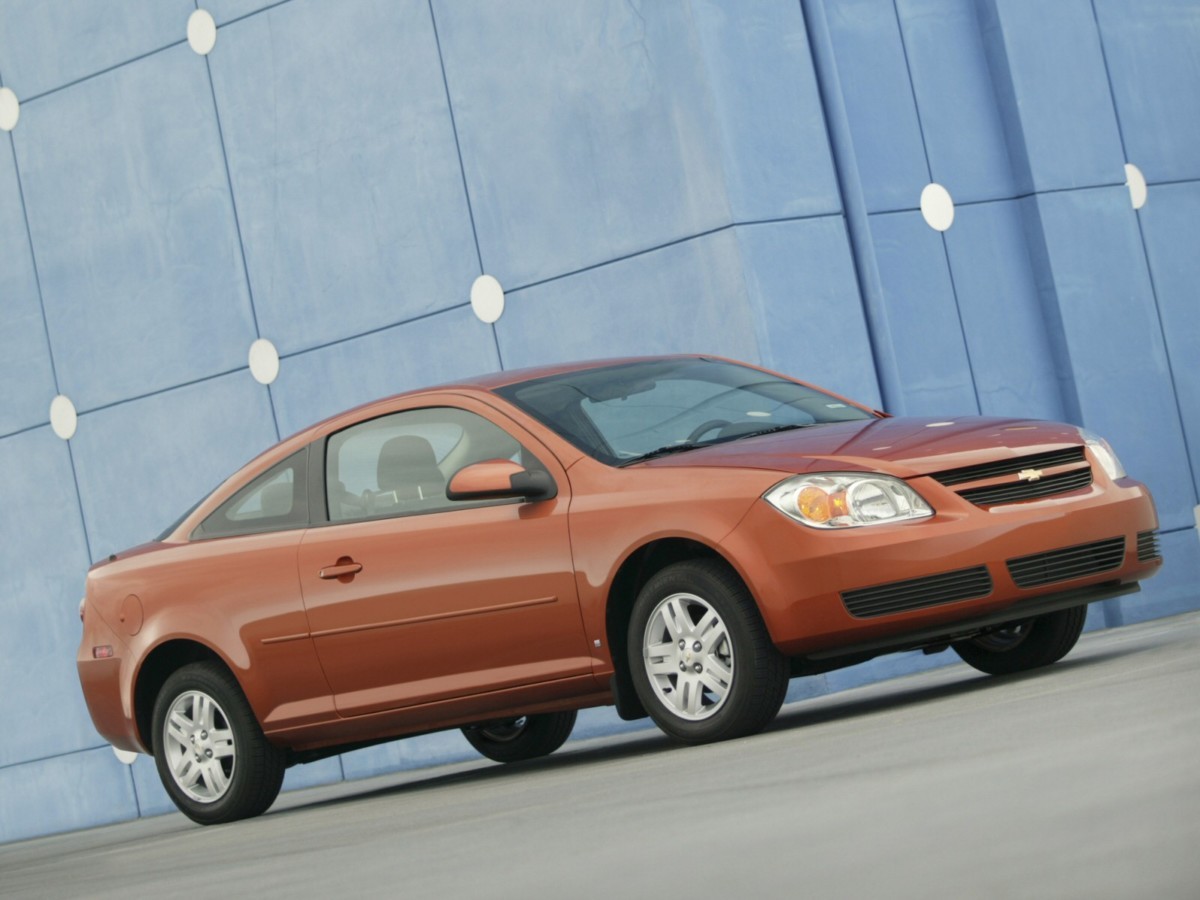
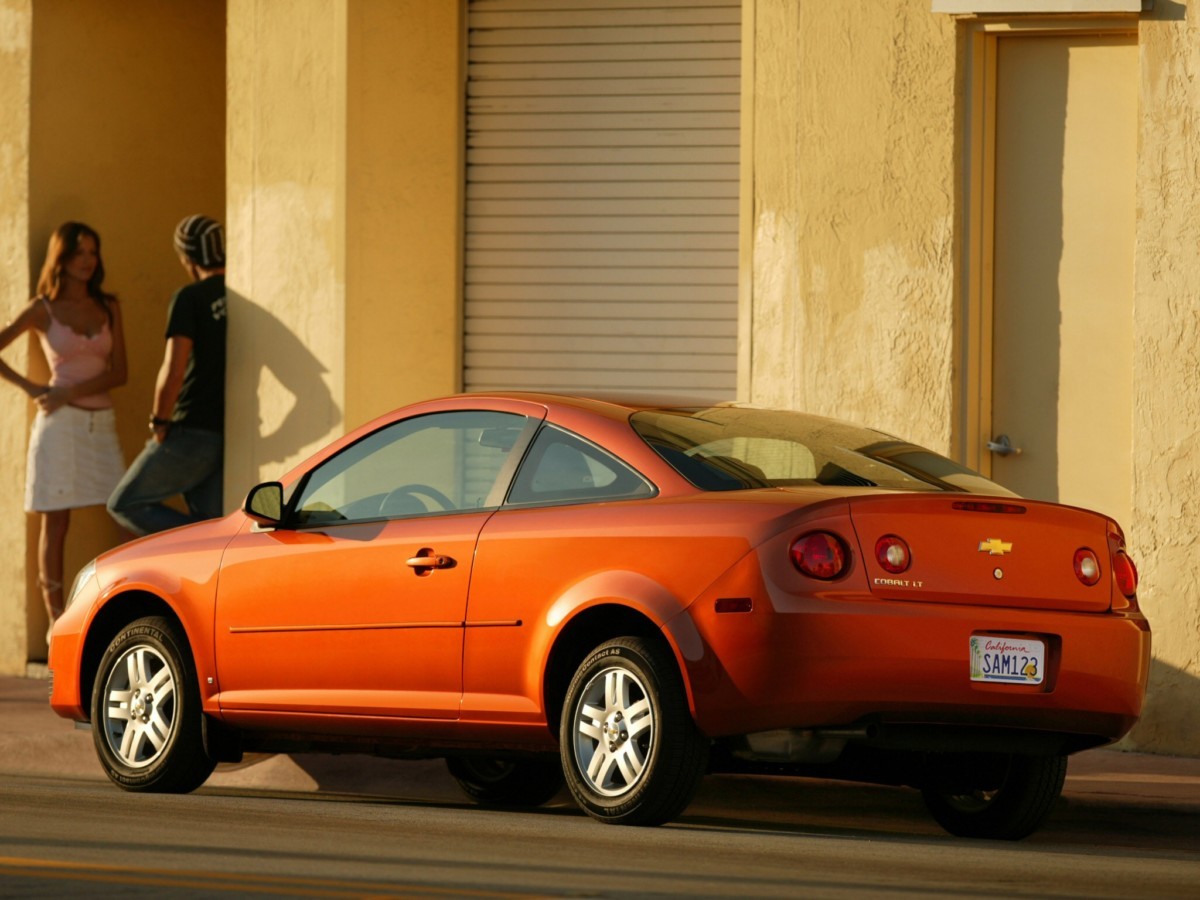
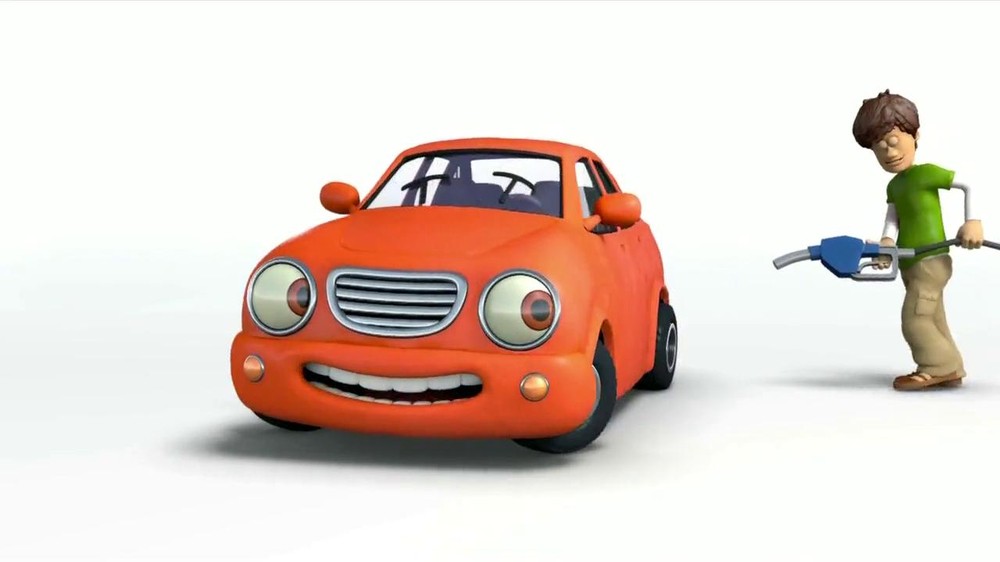
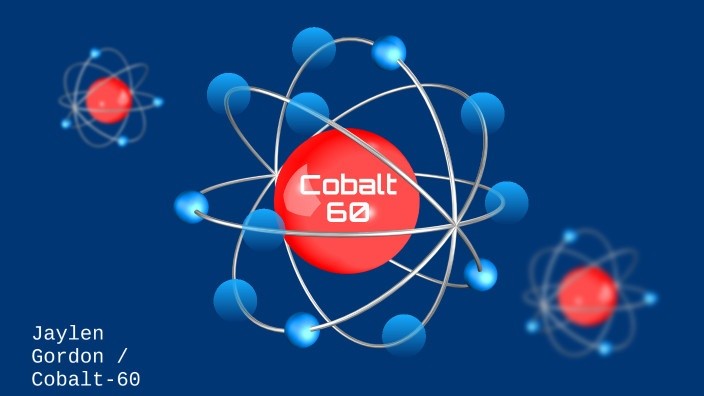


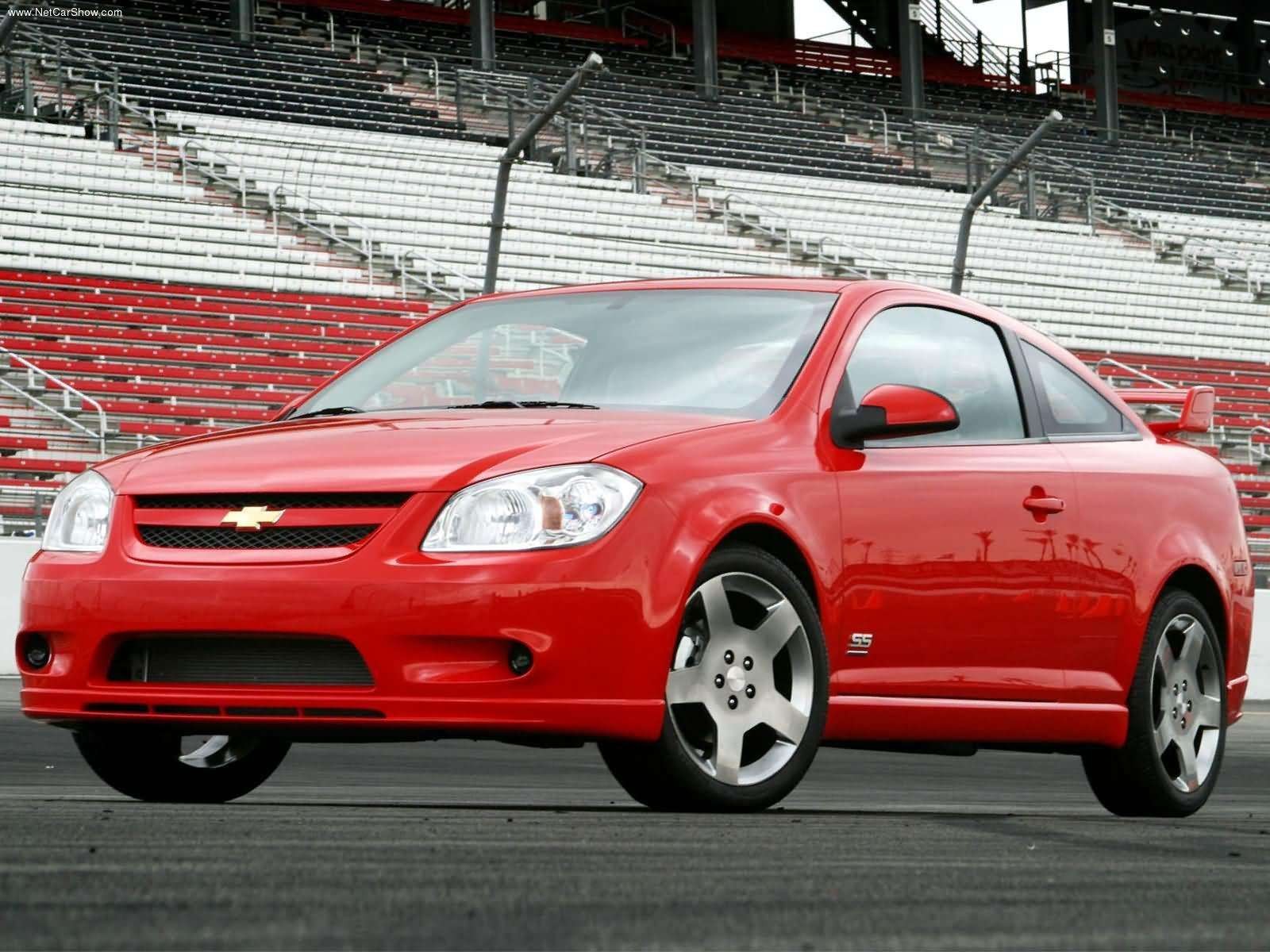
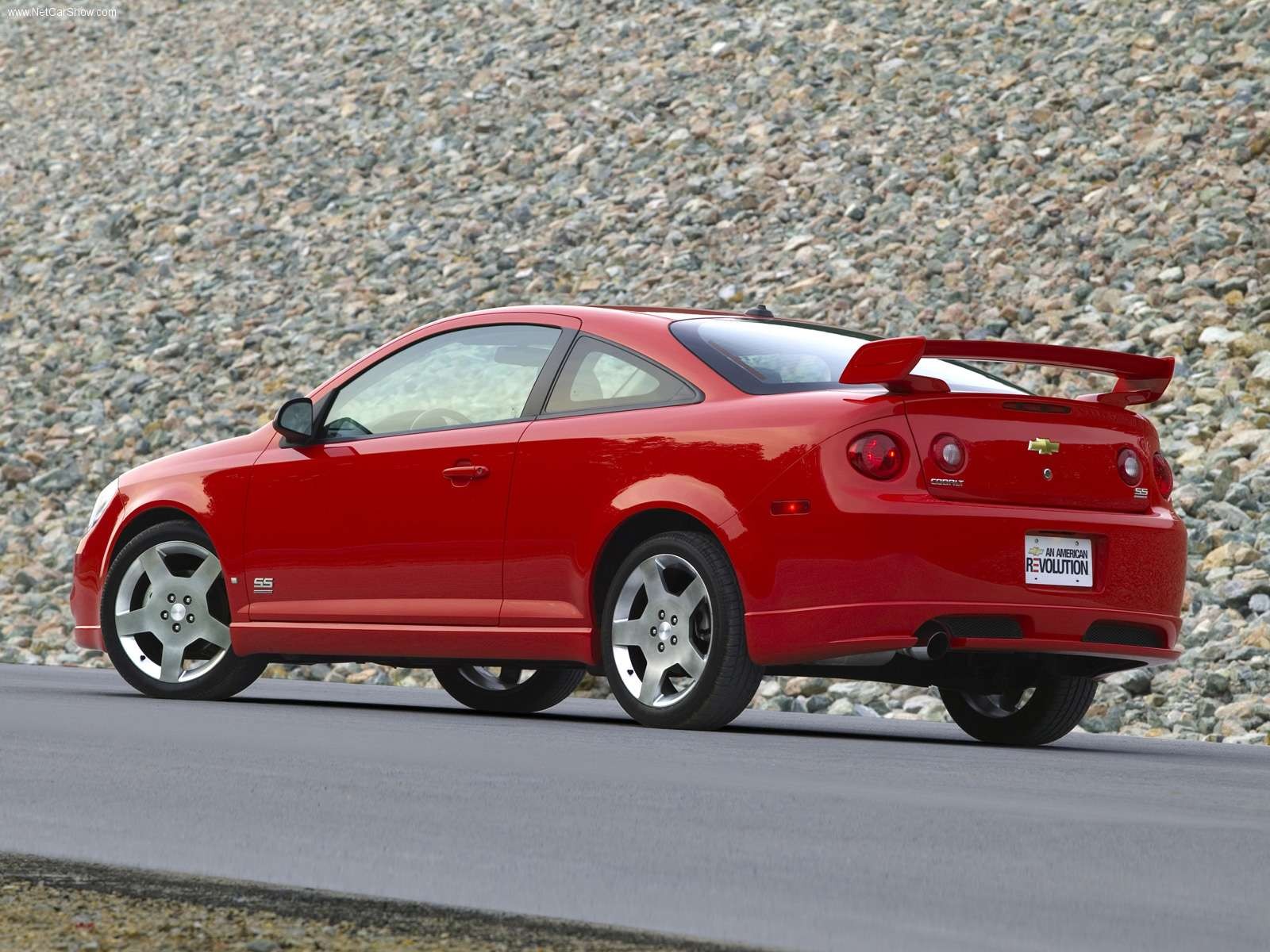
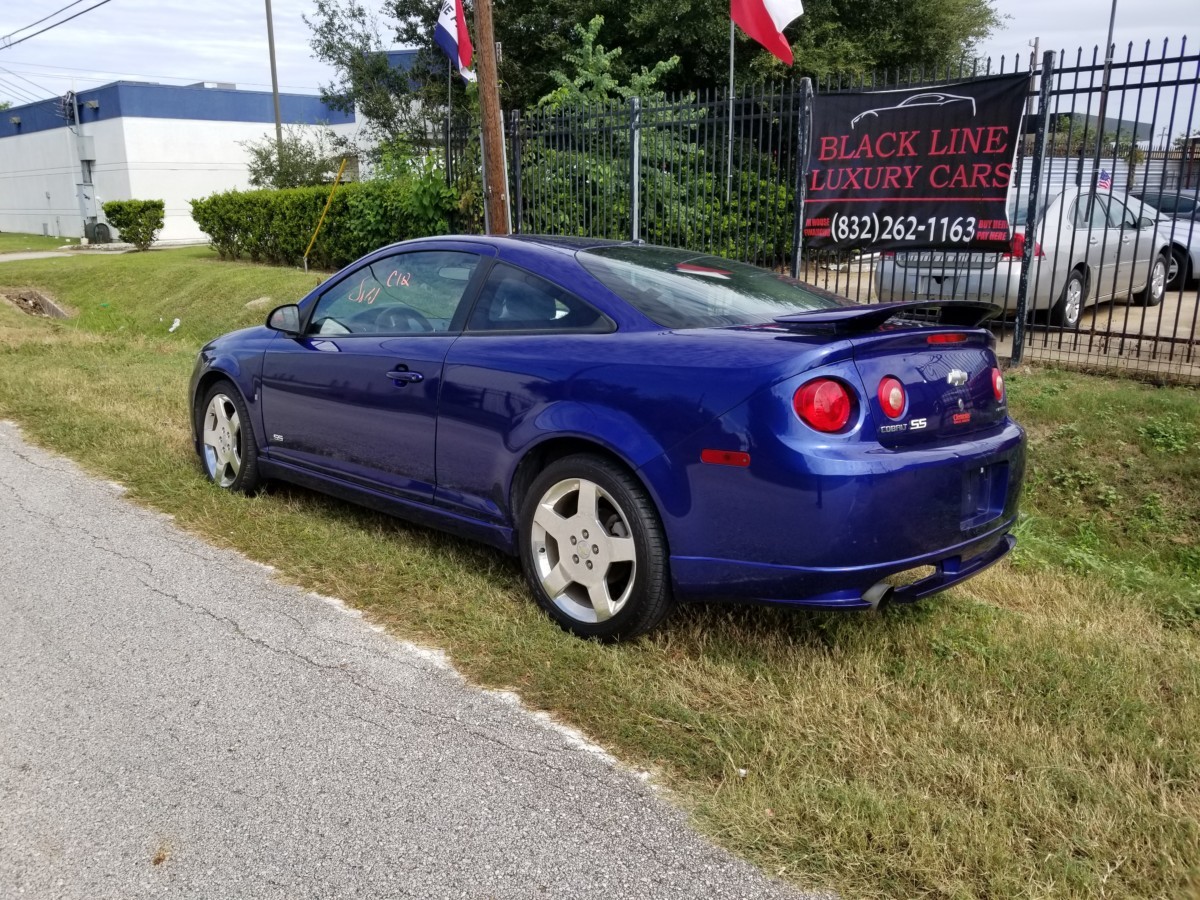
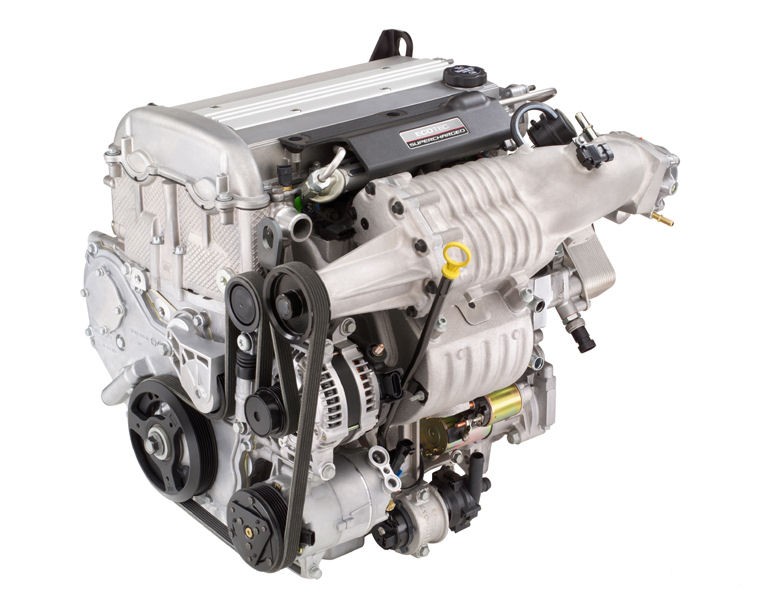
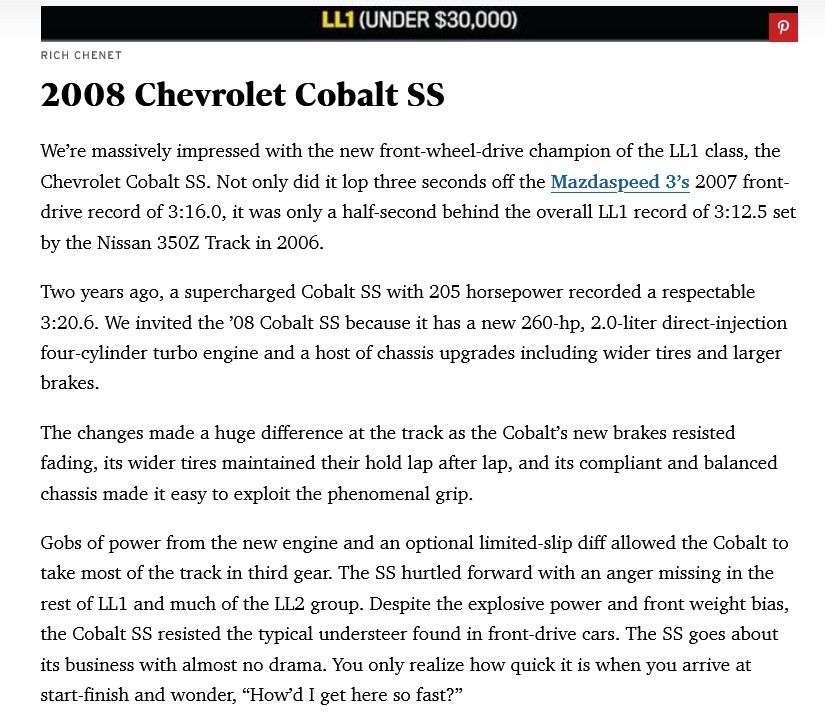
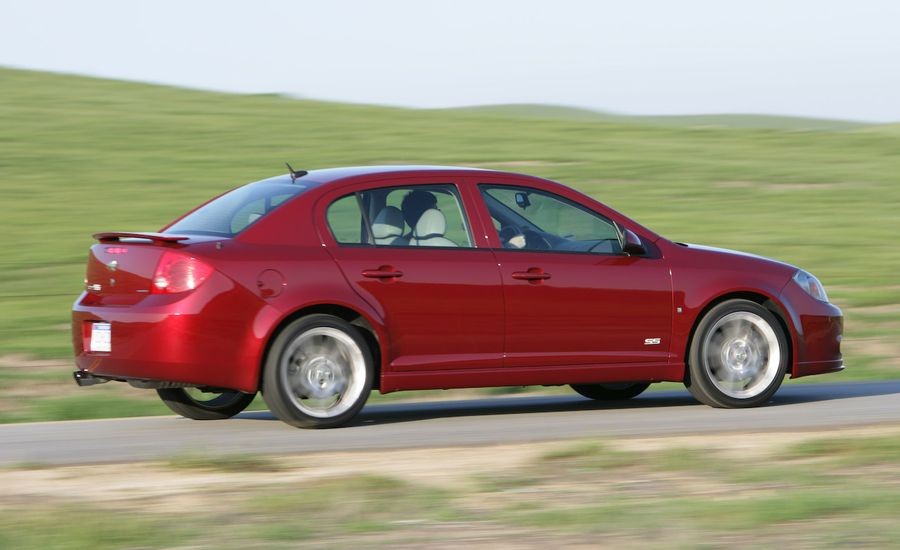

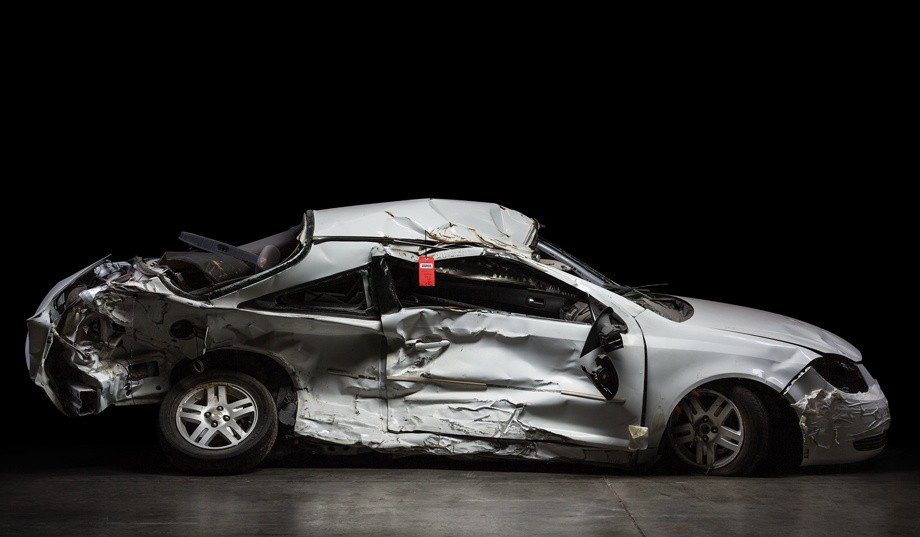
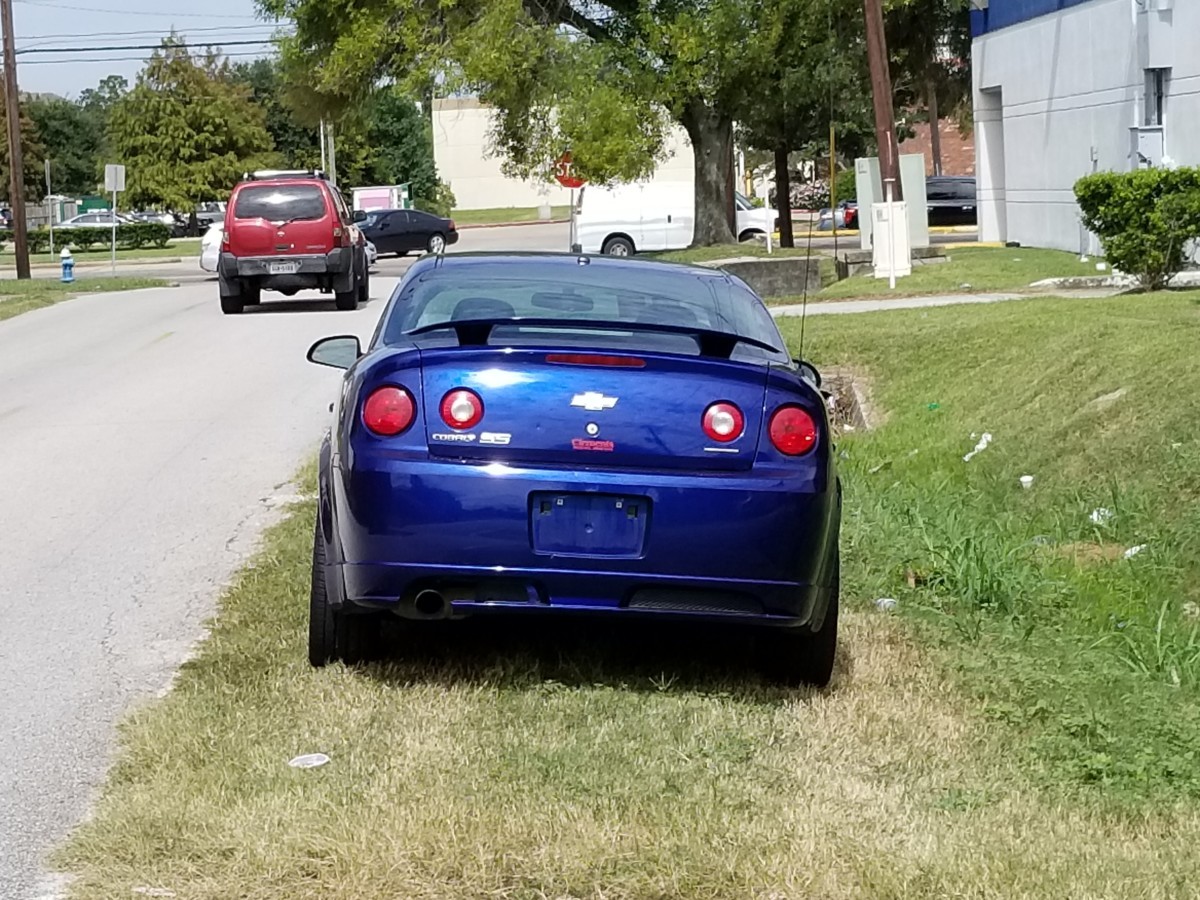
Related reading:
CC For Sale: 2007 Chevy Cobalt SS – A Somewhat Compelling Performance Compact by Edward Snitkoff
Curbside Outtake: Chevrolet Cobalt On Wood Blocks – A GM Deadly Sin Awaiting Its Judgement Day by PN
Further reading about GM ignition switch recall:
GM Ignition-Switch Review Complete: 124 Fatalities, 274 Injuries Car and Driver – Short summary of events
No Accident: Inside GM’s deadly ignition switch scandal Atlanta Magazine – Interesting long form article on the debacle
GM: We encourage employees, dealers to tattle after ignition switch crisis Detroit Free Press – Laudatory look at GM’s post-ignition safety culture
But wait there’s more!:
[
